If the person identified cholecystitis, pancreatitis can be a complication of this disease. These diseases can occur with similar symptoms that in some cases more difficult to diagnose. Cholecystitis is inflammation of the gallbladder and pancreatitis – inflammation of the pancreas. What are the causes, clinical features and treatment of these diseases?
Features of cholecystitis
The gallbladder is the organ whose primary function is the accumulation of bile and its periodic removal through bile ducts. Bile required for normal digestion of food received from the stomach, 12-duodenum.
The body is small. Its length varies from 8 to 14 cm, and the width is 4-5 cm With cholecystitis is inflammation of the walls of the body, thus changing its tone.
All this contributes to impaired excretion of bile into the lumen of the small intestine. Very often, the cholecystitis is combined with inflammation of the pancreas or gastro. Most common in females aged 40 to 60 years. The development of the disease is directly related to the nature of power.
The incidence of cholecystitis is 0.6%. The disease can occur in acute and chronic form. The nature of changes in the body tissues there are 3 forms of cholecystitis: abscess, catarrhal, and gangrenous.
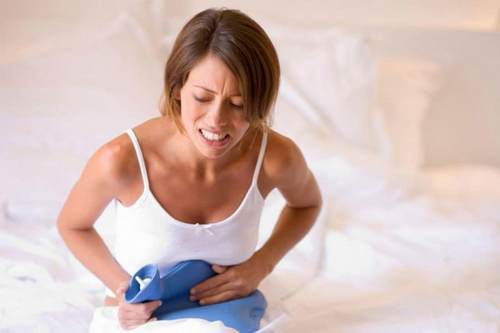
Causes of cholecystitis and pancreatitis are somewhat different.
Causes of inflammation of the gallbladder include:
- education in the cavity of the body of concrements (stones);
- penetration on various microorganisms;
- parasitic diseases (giardiasis, ascariasis, opisthorchiasis).
Bacteria and viruses can penetrate into the gallbladder from other digestive tract pancreatitis, appendicitis, enterocolitis. Microorganisms can penetrate into the gall bladder from the respiratory tract in chronic tonsillitis or sinusitis. The primary source of the infection may be localized in the genital organs, the liver in viral hepatitis.
Additional etiological factors are: impaired motility of the gallbladder, anomalies of the body, circulatory disorders, goiter, regimen meal.
Clinical manifestations
The attending physician must know not only the causes of cholecystitis, and symptoms. Signs of inflammation of the gall bladder are determined by the form of the disease. In acute inflammation the symptoms appear suddenly.
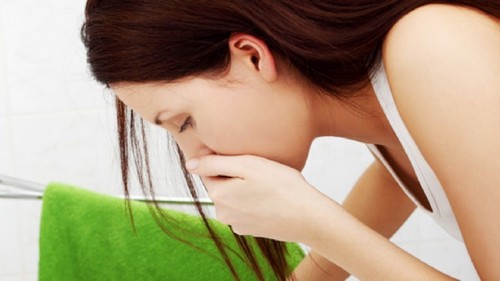
Patients can submit complaints about:
- pain in the right abdomen;
- temperature rise;
- malaise;
- nausea;
- vomiting.
In most cases, acute cholecystitis is formed due to gallstones. Rarely in acute inflammation observed jaundice, itching, vomiting, delay of stool and gases. Acute cholecystitis is dangerous for its possible complications. These include the development of peritonitis, pancreatitis, cholangitis. Signs of chronic forms of the disease are less pronounced. The pain is not cramping, and the constant, aching. Exacerbation often occurs when errors in the diet or on a background of stress. Patients often feel a heaviness or burning sensation in the right hypochondrium.
Chronic cholecystitis is often accompanied by impaired motor skills. When hypokinesia constant pain. In the case of hypermotor dyskinesia the pain is severe, does not last long. Some patients have pain in the heart.
Often there are such symptoms cholecystitis, nausea and vomiting. The latter occurs in about half of patients. Very common symptoms – regurgitation of bitter content, and itchy skin.
Characteristics of pancreatitis
Not everyone can discern the signs of cholecystitis and pancreatitis. Inflammation of the pancreas occurs most often in people who love fatty foods, abuse alcohol and overeat.
The disease is a violation of release of enzymes into the small intestine, which leads to the digestion of its own tissues of the body. Pancreatitis can be acute and chronic. Acute inflammation of the pancreas – a condition requiring immediate therapy. The main cause of the disease is the abuse of alcohol. The most aggressive towards the gland are beer and alcohol substitutes. Less frequently, acute pancreatitis is a complication of cholelithiasis.
Other possible causes of the pathology of the gland are: poisoning, trauma, surgery, viral disease, opisthorchiasis, a fungal disease.
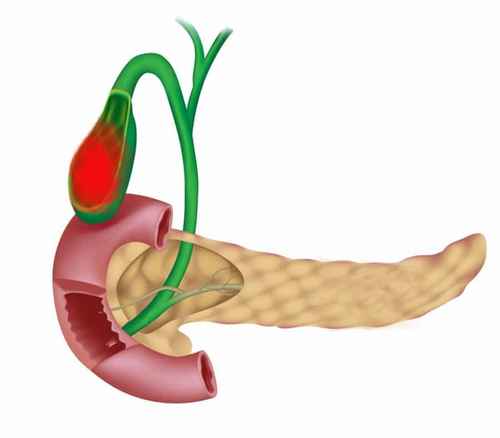
Clinical signs of acute pancreatitis are:
The inflammatory process in the gall bladder
- pain syndrome;
- the discoloration of the skin (the skin gets an earthy shade);
- nausea;
- vomiting;
- violation of the chair;
- bloating;
- yellowness;
- temperature rise;
- shortness of breath.
Chronic pancreatitis is characterized by pain that occurs after eating, diarrheal disorders.
Diagnostic measures
Before you treat cholecystitis and pancreatitis medications, you should an accurate diagnosis.
Diagnosis includes:
- General and biochemical blood analysis;
- a survey of the patient;
- palpation of the abdomen;
- external inspection;
- urine;
- research of a feces on eggs of worms;
- Ultrasound;
- CT or MRI;
- ECG.
These research methods are common to both diseases. If you suspect cholecystitis is further the study of duodenal contents, cholecystography, cholangiography.
In the case of pancreatitis is the blood test for the diastasis, laparoscopy. Required to take a blood test for glucose levels and to investigate the fecal products of hydrolysis.
Treatment of ailments
To cure pancreatitis using drugs. Acute pancreatitis requires treatment in hospital. If a person has signs of inflammation of the pancreas, first aid consists in applying to the stomach cold, administration of antispasmodics, starvation. First aid involves the use of painkillers (“Ketorolac”), antiemetic (“Metoclopramide”), infusion therapy. Upon admission to the hospital, the patient should take drugs (diuretics, antispasmodics, painkillers).
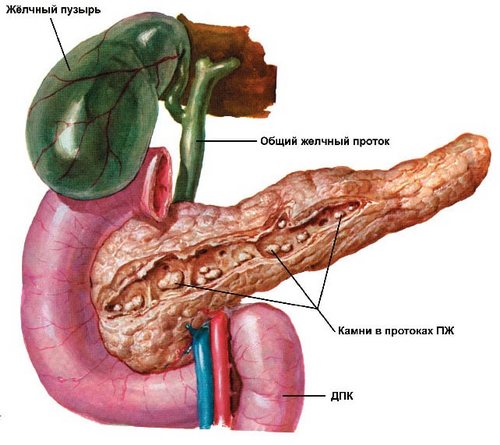
In the case of suppurative pancreatitis need to take antibiotics. Your doctor may prescribe pills “Centrical” or “Hardox” (enzymes). Drug treatment involves “Omez” for intake. Obligatorily fasting for 3-4 days. Herbs with pancreatitis are in addition to the basic treatment. In the case of destructive pancreatitis and peritonitis, surgical intervention is performed.
Treatment regimens for pancreatitis and cholecystitis are slightly different. When the infectious nature of cholecystitis antibiotics. Symptomatic therapy will involve administration of antispasmodics, anticholinergics, anticholinergics, analgesics. A very important diet. Practice and the treatment of folk remedies. If the pancreatitis can be used chamomile or chicory in the decoction, treatment of folk remedies of cholecystitis involve the use of infusions and decoctions on the basis of tansy, rose, Helichrysum. We must remember that the treatment of folk remedies may not be the main method of treatment of the disease. Hypotension bladder, your doctor may prescribe cholagogue (“Allohol”).
If there is a joint development of pancreatitis and cholecystitis, they need to be treated separately. The treatment of pancreatitis and cholecystitis is most often conservative. Surgical intervention is indicated in severe cases, when there are complications. Thus, the presence of cholecystitis and pancreatitis is common.
An experienced doctor must be able to distinguish diseases such as gastritis, cholecystitis, pancreatitis. In the case of a combination of pancreatitis and cholecystitis the patient should be treated in hospital.


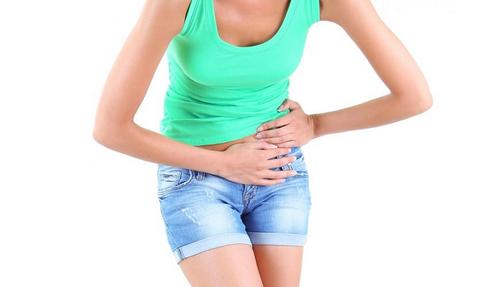
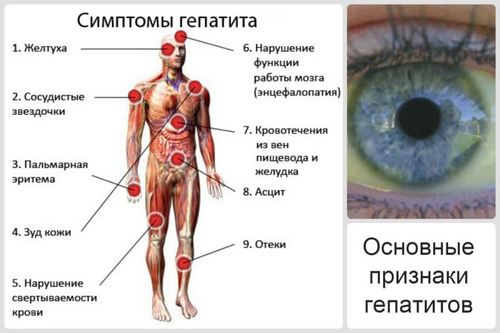
With thanks! Valuable information!
Don’t wear seat belts lest you drown in you own urine?
With thanks! Valuable information!
Way cool, some valid points! I appreciate you making this article available, the rest of the site is also high quality. Have a fun.
I’m amazed, I have to admit. Rarely do I encounter a blog that’s both equally educative and interesting, and without a doubt, you’ve hit the nail on the head. The issue is something that too few folks are speaking intelligently about. I’m very happy that I came across this during my search for something concerning this.